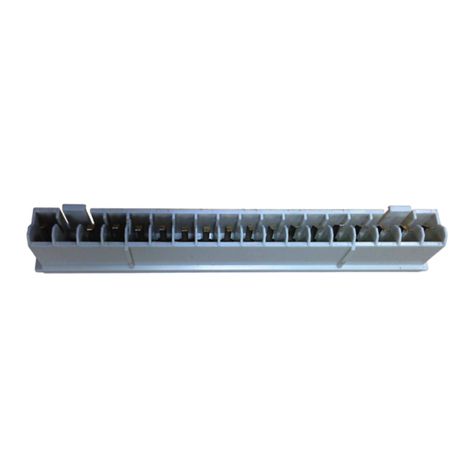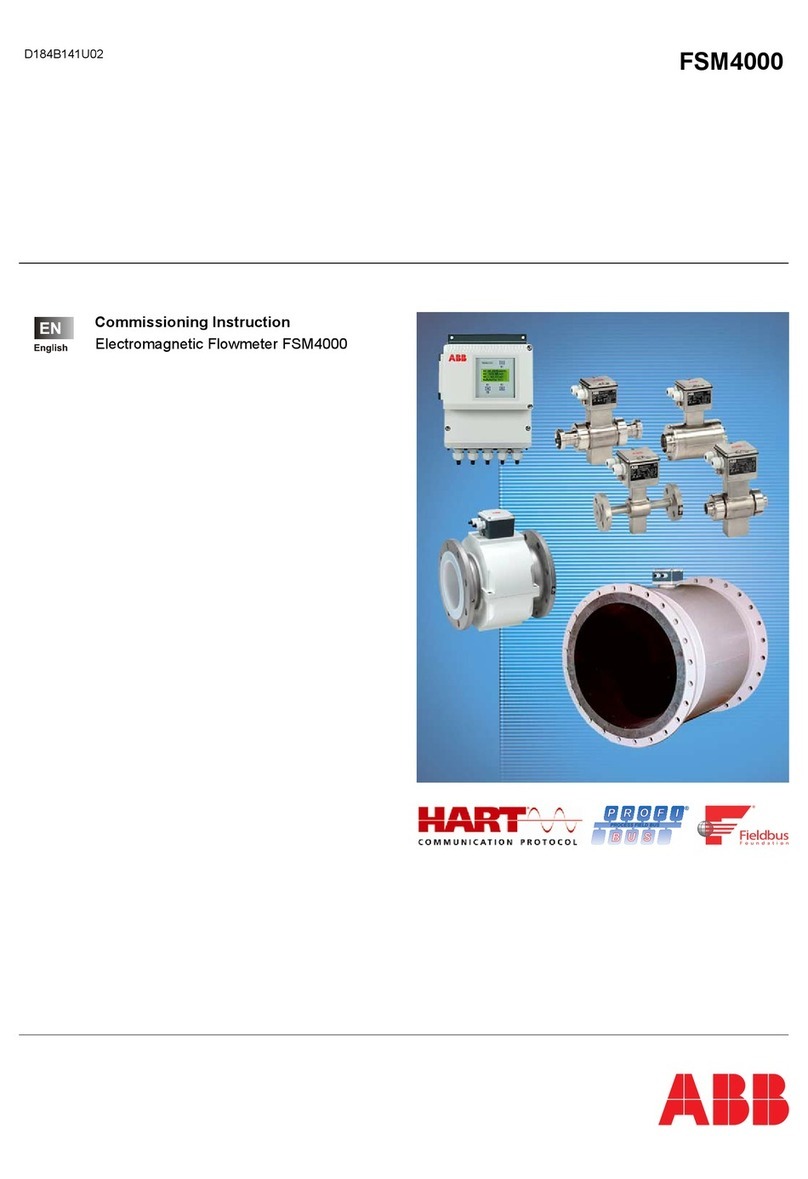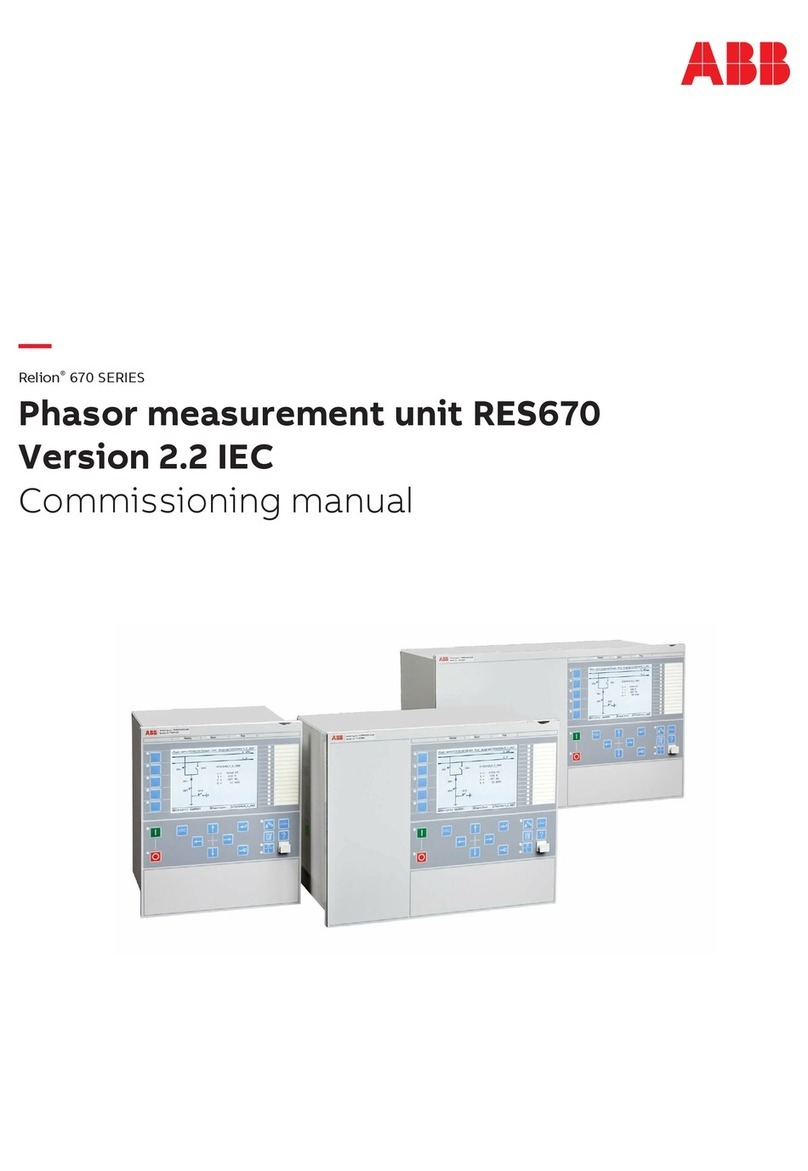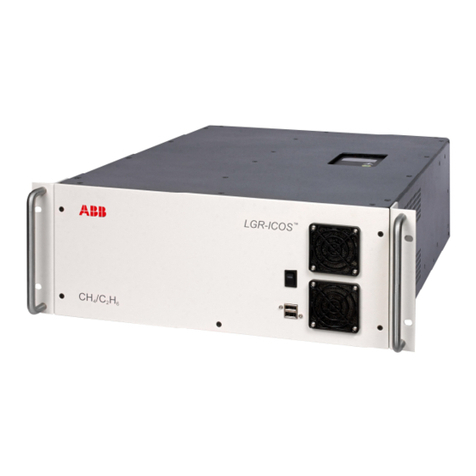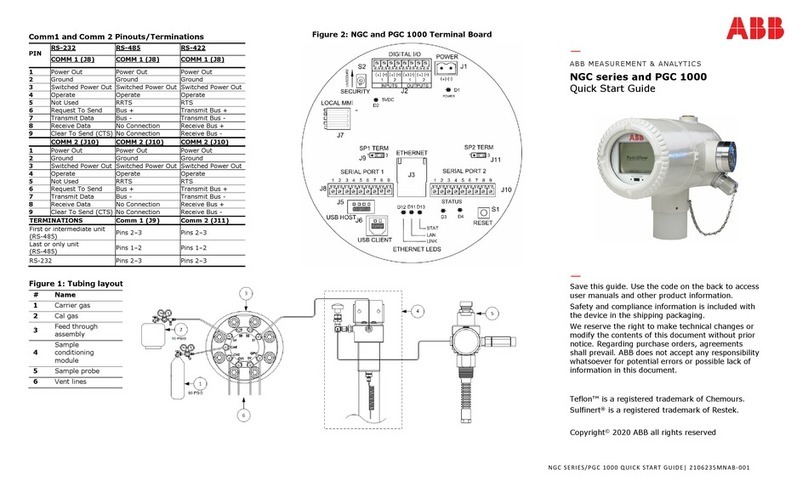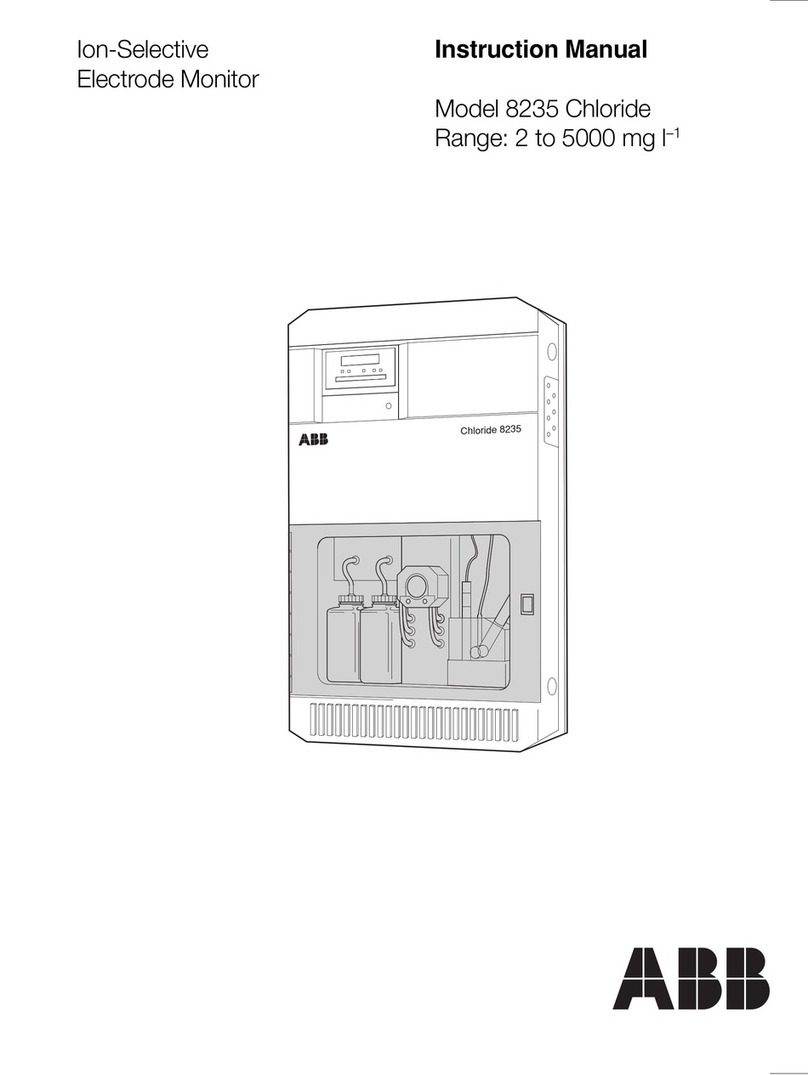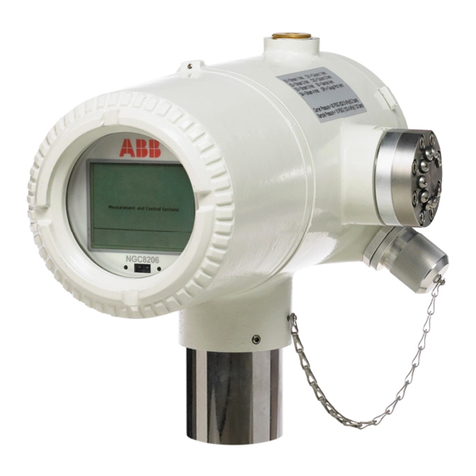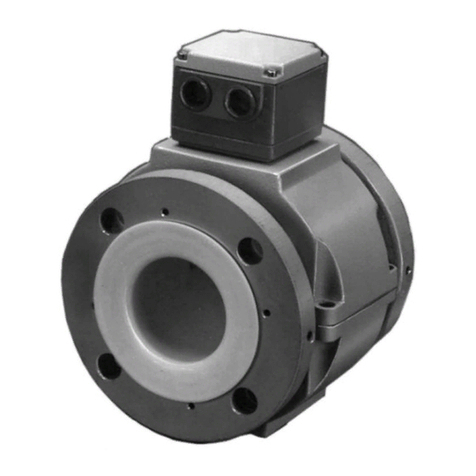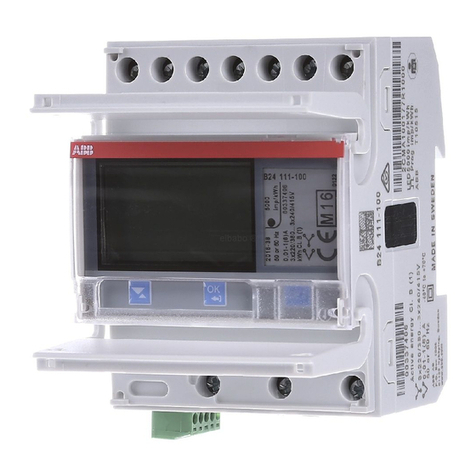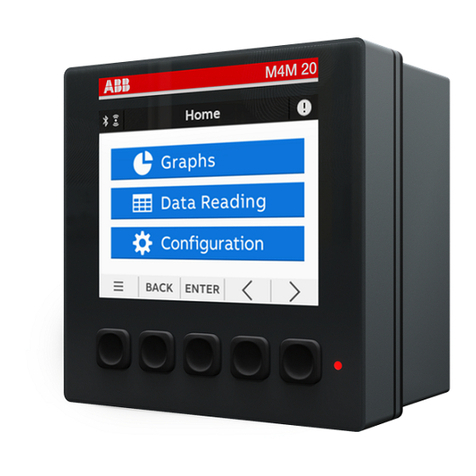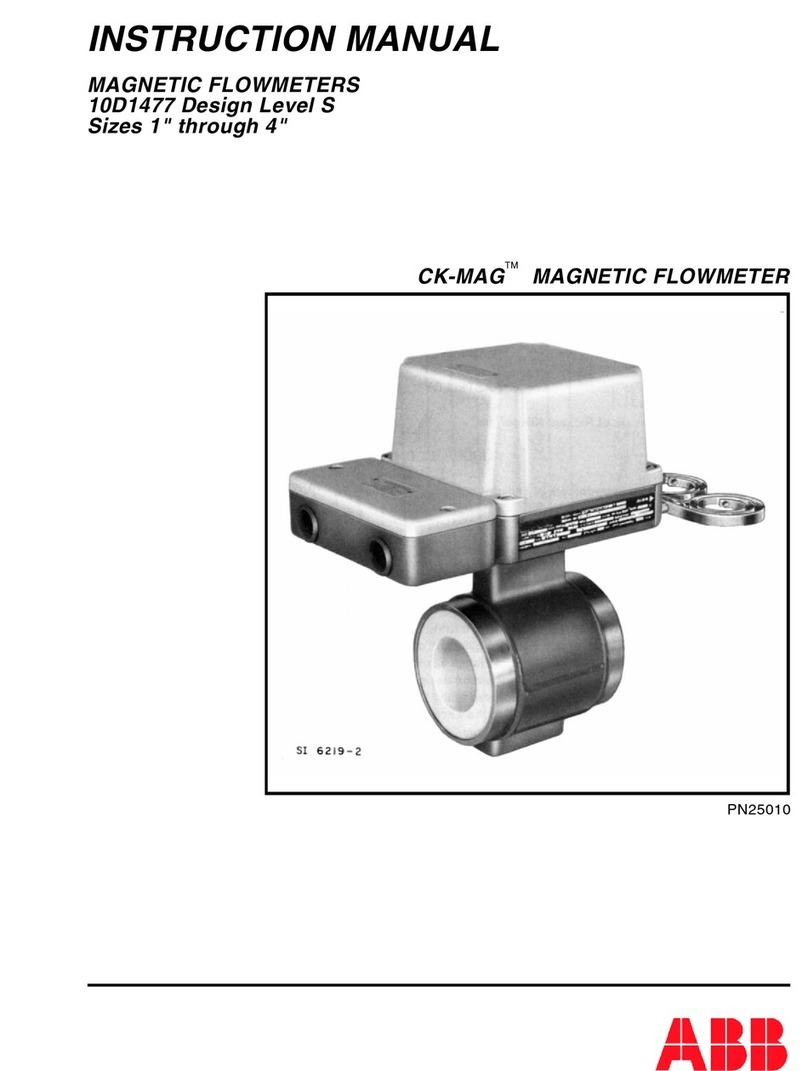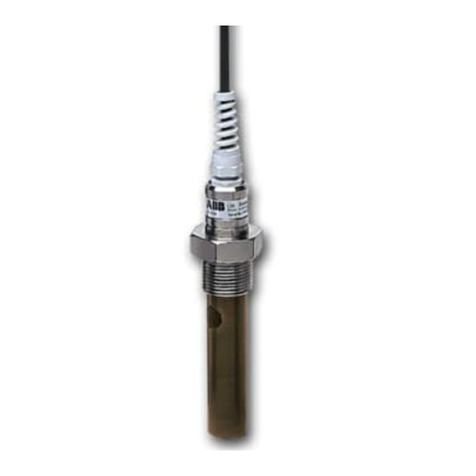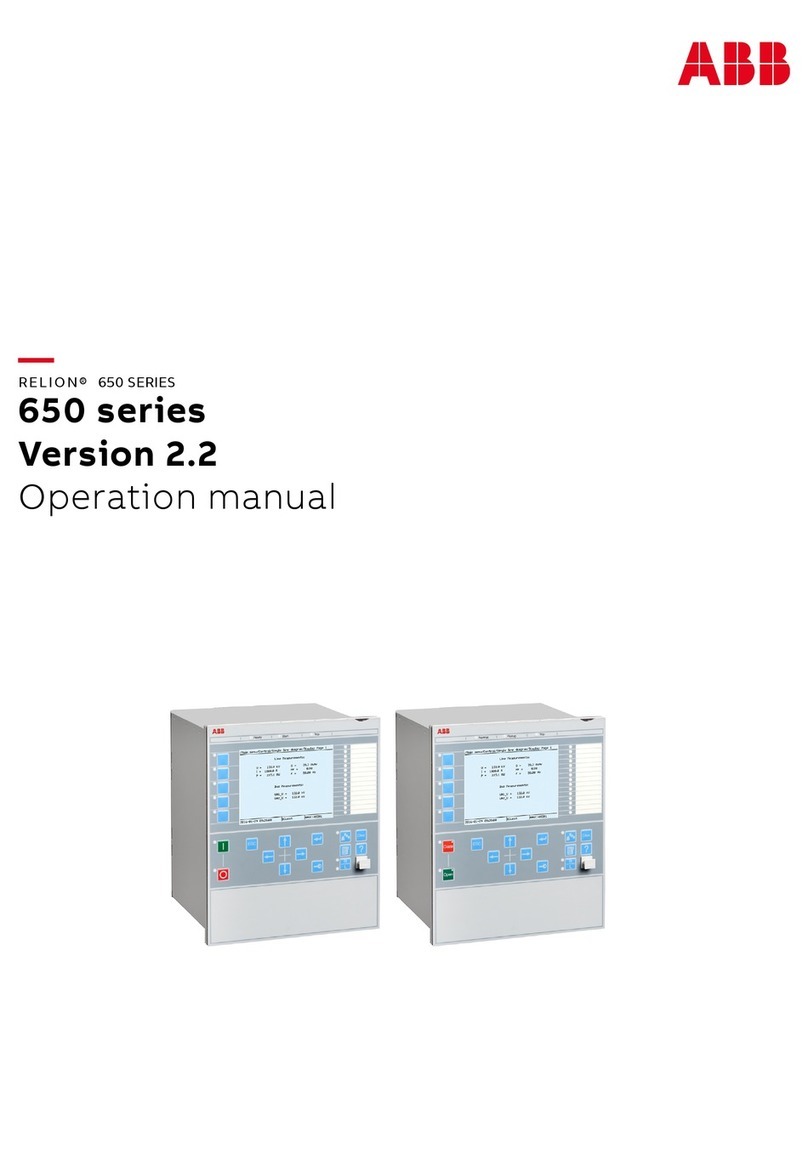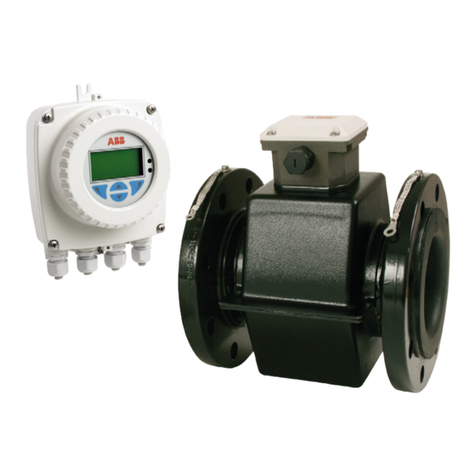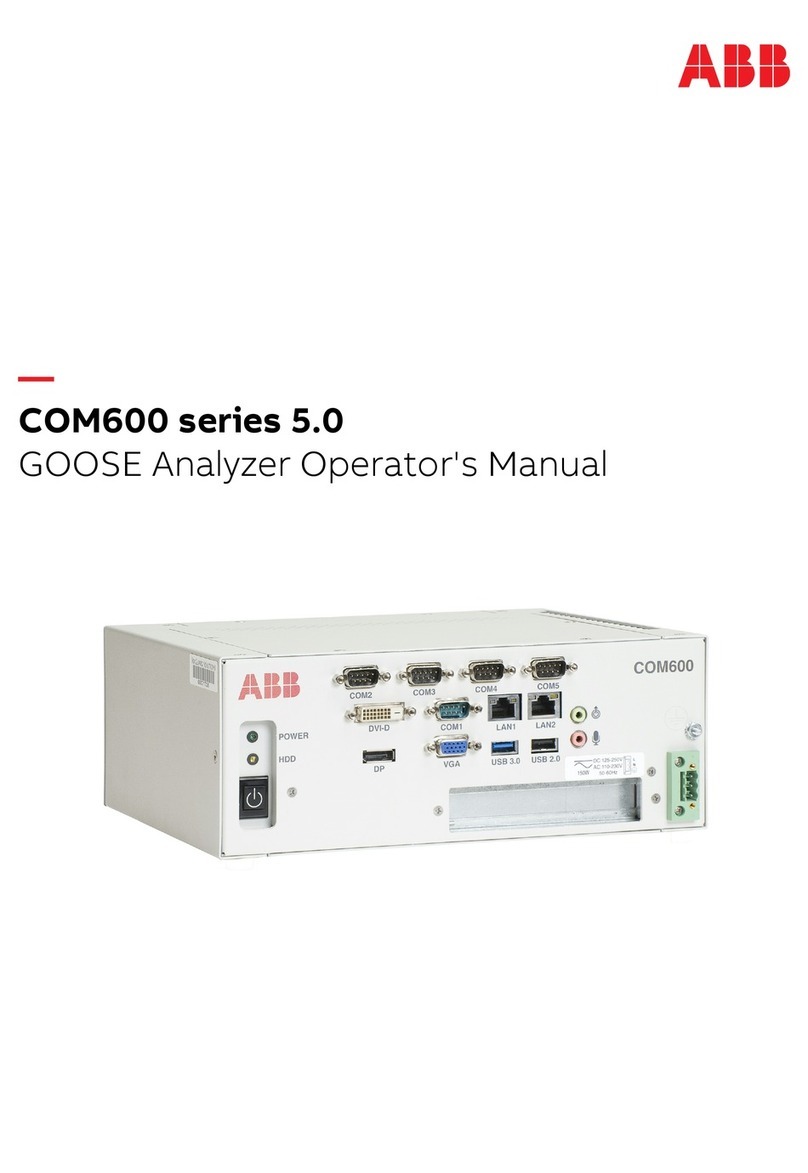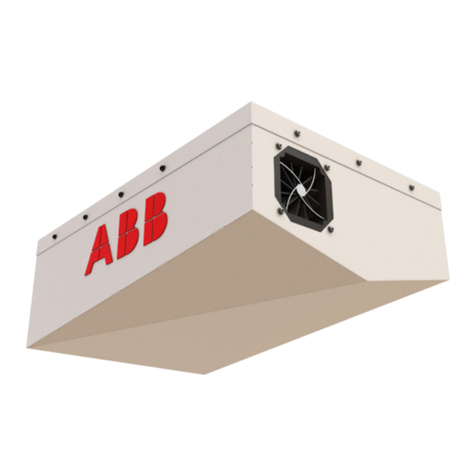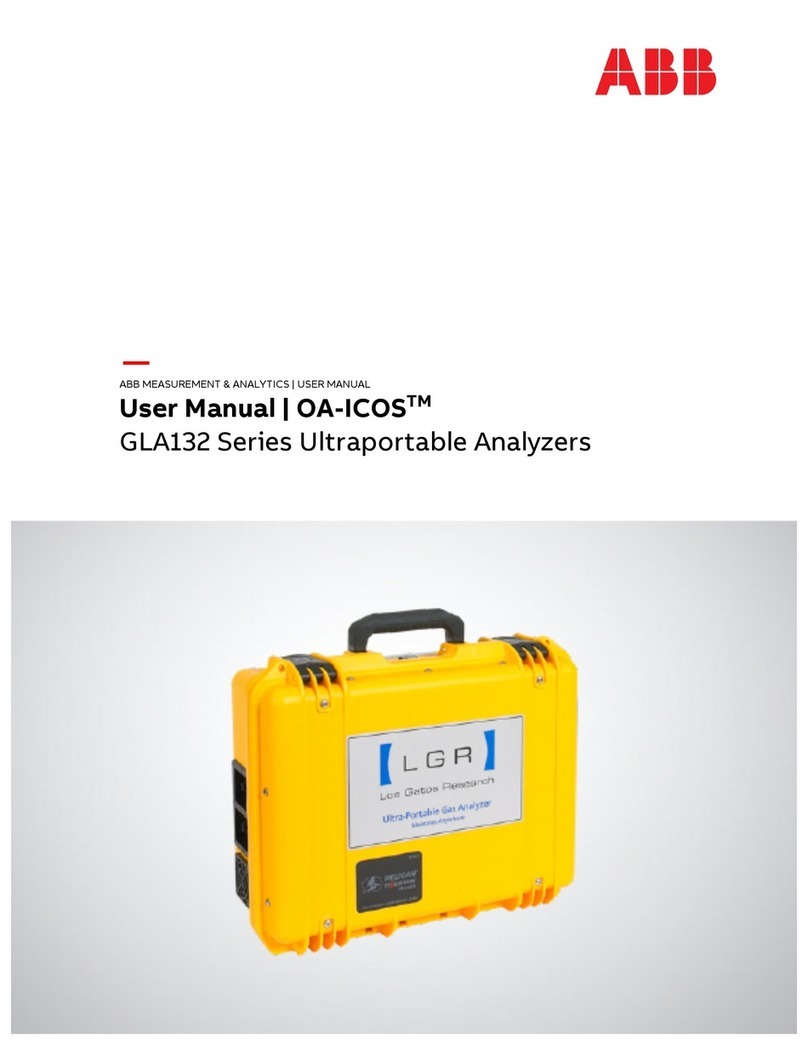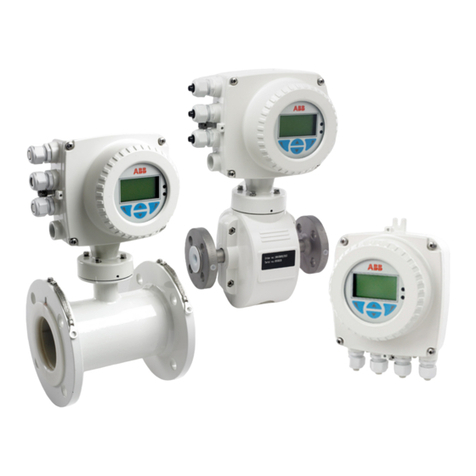1
CONTENTS
Section Page
1 INTRODUCTION ..........................................................2
1.1 Electrical Connection ........................................2
1.2 Protocol .............................................................2
2 PREPARATION ............................................................2
2.1 Company Standard Settings .............................2
3 INSTALLATION ............................................................3
3.1 Serial Communication Adaptors
for Personal Computers ....................................3
3.1.1 Five-wire Configuration .......................3
3.1.2 Three-wire Configuration.....................3
4 ELECTRICAL CONNECTIONS ...................................3
4.1 Serial Connections ............................................3
4.1.1 Five-wire Cable....................................3
4.1.2 Three-wire Cable .................................3
5 SETTING UP ................................................................5
5.1 Termination Resistors........................................5
6 PROGRAMMING..........................................................6
6.1 Serial Interface Page.........................................6
7 MODBUS PROTOCOL ................................................7
7.1 Introduction to Modbus Protocol
(RTU only) .........................................................7
7.2 Modbus Function Codes ...................................7
8 MODBUS FUNCTIONS................................................8
8.1 Read Coil Status
– Function Code 01...........................................8
8.1.1 Read Coil Status Query.......................8
8.1.2 Read Coil Status Response ................8
8.2 Read Holding Register
– Function Code 03...........................................8
8.2.1 Read Holding Register Query .............8
8.2.2 Read Holding Register Response.......9
8.3 Force Single Coil
– Function Code 05...........................................9
8.3.1 Force Single Coil Query ......................9
8.3.2 Force Single Coil Response................9
8.4 Preset Single Register
– Function Code 06.........................................10
8.4.1 Preset Single Register Query............10
8.4.2 Preset Single Register Response .....10
8.5 Loopback Test
– Function Code 08......................................... 11
8.5.1 Loopback Test Query......................... 11
8.5.2 Loopback Test Response .................. 11
8.6 Preset Multiple Registers
– Function Code 16......................................... 11
8.6.1 Preset Multiple
Registers Query................................. 11
8.6.2 Preset Multiple
Registers Response .......................... 11
Section Page
9 EXCEPTION RESPONSES .......................................12
9.1 Examples.........................................................12
10 MODBUS COILS AND REGISTERS .........................12
10.1 Conductivity Transmitters
Models 4620/25...............................................12
10.1.1 Coils ...................................................12
10.1.2 Holding Registers ..............................13
10.2 Conductivity Transmitters Multi-electrode
Versions Models 4621/26................................14
10.2.1 Coils ...................................................14
10.2.2 Holding Registers ..............................14
10.3 Conductivity Transmitters to meet USP
Regulations Models 4623/28 ..........................15
10.3.1 Coils ...................................................15
10.3.2 Holding Registers ..............................15
10.4 pH Transmitters
Models 4630/35 and 4631/36 .........................16
10.4.1 Coils ...................................................16
10.4.2 Holding Registers ..............................17
10.5 Dissolved Oxygen Analyzers
Models 4640/45 and 4642/47 .........................18
10.5.1 Coils ...................................................18
10.5.2 Holding Registers ..............................18
10.6 Low Level Dissolved Oxygen Analyzers
Models 4641/46...............................................19
10.6.1 Coils ...................................................19
10.6.2 Holding Registers ..............................19
10.7 Turbidity Analyzers
Models 4670 and 4675....................................20
10.7.1 Coils ...................................................20
10.7.2 Holding Registers ..............................20
10.8 Biocide Cleaning Control (4691).....................21
10.8.1 Coils ...................................................21
10.8.2 Holding Registers ..............................21
11 OPERATION...............................................................22
12 SPECIFICATION ........................................................24
APPENDICES .....................................................................24
A1 Non-volatile Memory Limitations.....................24
